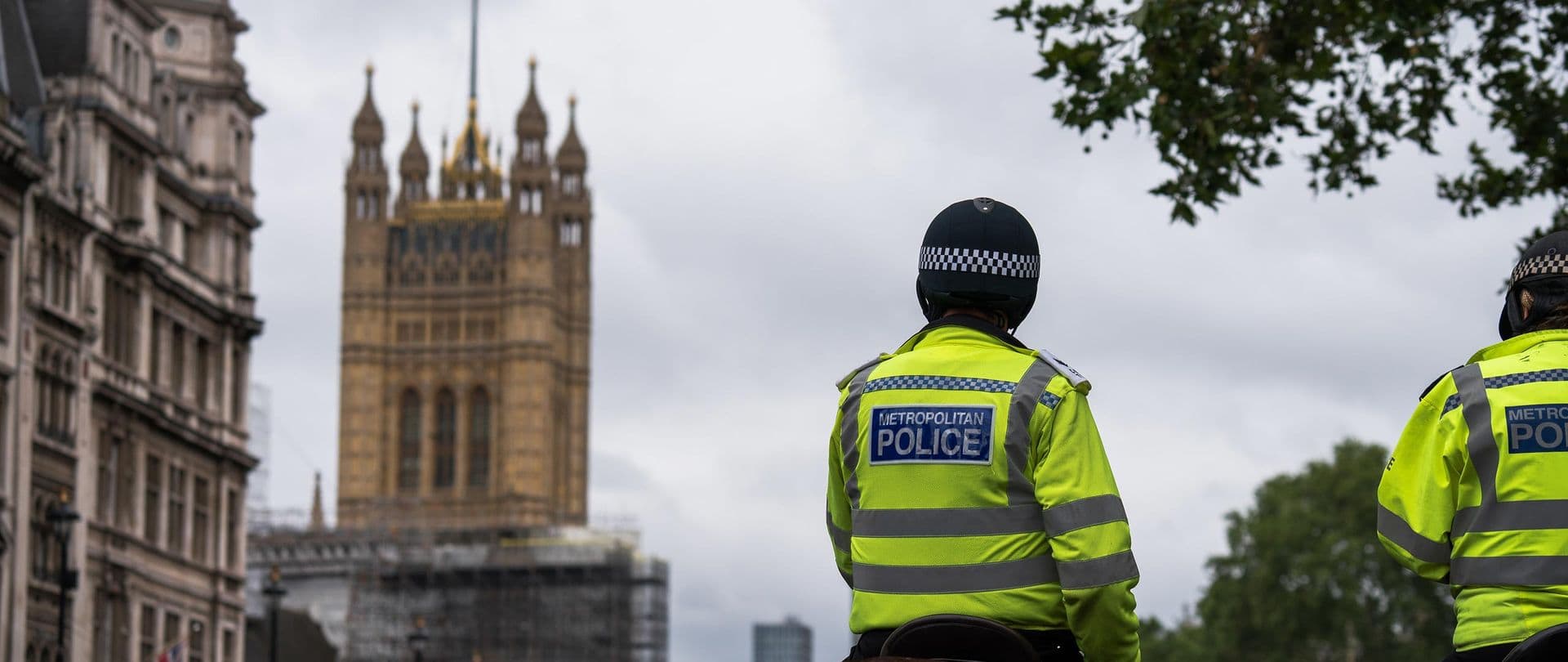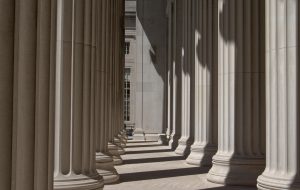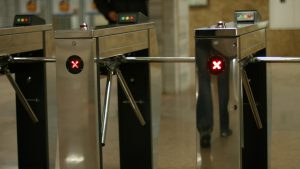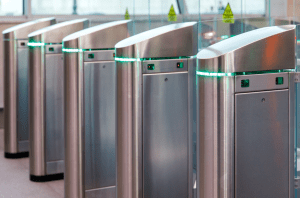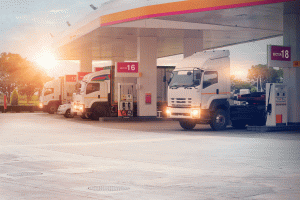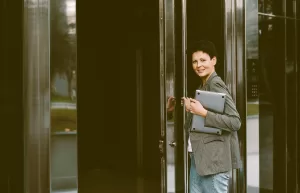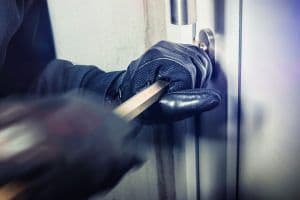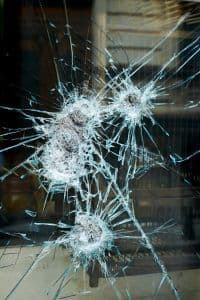How to Maintain a Secure Government Building
25 May, 2023
Government buildings are a potential target for protestors, rioters, terrorists, and information breaches, which is why government buildings are required to comply with constantly evolving security standards. Advanced security technology and equipment, including entrance controls and security screens, are crucial for protecting government employees and assets.
Assailant Attacks
Government buildings are susceptible to various threats, including terror attacks, sabotage, unlawful entries, and theft. As government facilities house important documents and employees, physical security systems are imperative. Entrance control systems prevent unauthorised personnel from entering the facility, and advanced lockdown systems can quickly extinguish hostile situations.

In addition to these measures, security screens provide an added layer of security for receptionists and customer-facing service positions. Security screens protect staff members from physical attacks, while the addition of cash coops, speech transfer, and transaction gaps allow them to communicate with visitors and exchange documents without compromising their safety.
Information Security
Government facilities house information that requires protection. By arranging the interior of a government building in a way that all unescorted visitors can be easily monitored, private documents and other sensitive paperwork should be kept out of reach and locked up when not in use.
Entrance Control systems can control who can access specific areas and when. Combining entrance control solutions with an access control system and surveillance can create a record log of who accessed which area with video recordings. These added security measures make all the difference when it comes to protecting employees and classified documents.
Securing The Building
Public sector buildings are places that members of the public frequently visit, and effective management of the interface between the public and employees is crucial in preventing threats or acts of violence. Traditionally, staff would be placed behind security screens, and the public would be segregated from employees. However, the current approach is different, and the design of public sector buildings is aimed at creating a less confrontational and more relaxed environment.

Safety screens that can be raised and lowered are essential security features for government buildings. The screens provide an added layer of physical protection for cashiers, receptionists, and other employees while maintaining an atmosphere of openness and accessibility. Safetell’s CounterShield screens are also designed to allow for communication between staff members and visitors without compromising safety.
The Design Council has developed guidelines on designing out crime, and further guidance is available for specific locations such as accident and emergency departments.
Entrance Control systems are essential for maintaining physical security in a government building. By allowing authorised personnel to enter specific areas while keeping unauthorised personnel out, entrance control reduces the risk of physical threats and information breaches. Entrance Control systems can also track who accessed specific areas and when providing valuable data for investigations.
Conclusion
Keeping government buildings safe is an ever-evolving challenge. Overall, the design of public sector buildings should focus on creating a safe and comfortable environment for both staff and the public, with measures in place to prevent violence and manage difficult situations effectively.
Safetell has assisted numerous government organisations with creating safe but approachable spaces. We offer some top of the range products such as speed gates, commercial safes, and much more. If you are interested in learning more, get in touch with our team. We’ll gladly assist.
